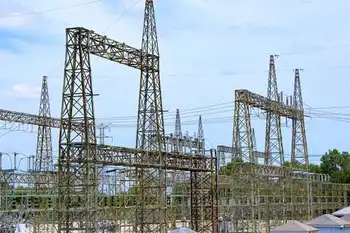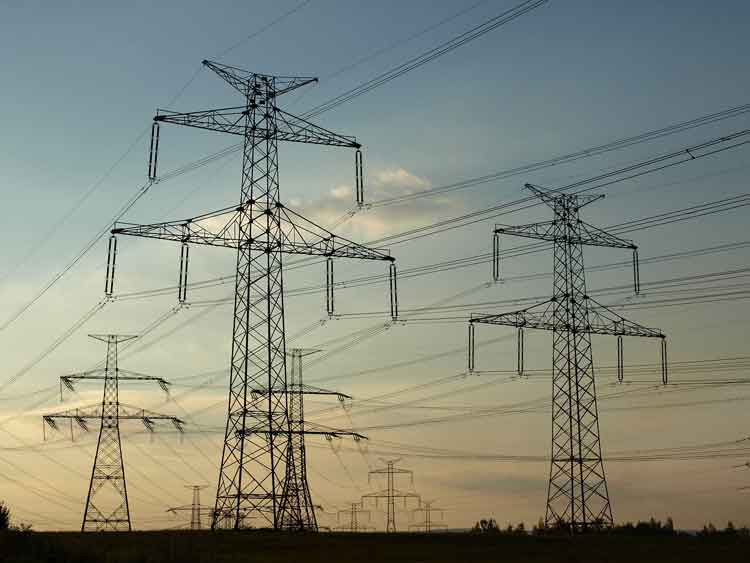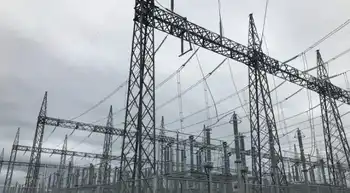Breakthrough beefs up magnets for electric cars
Anderson explained that future ultragreen vehicles include fully electric cars, fuel-cell automobiles and plug-in hybrids.
"They all have electric drive motors, so that's a common theme," he said. "It's important that those motors be made economically with an operating envelope that fits how they will be driven. The automotive companies in this country have set out a series of parameters that they would like electric motors to meet."
The Ames Lab senior metallurgist and Iowa State University adjunct professor of materials science and engineering is playing a major role in advancing electric drive motor technology to meet the enormous swell in consumer demand expected over the next five years. He and his Ames Lab colleagues, Bill McCallum and Matthew Kramer, have designed a high-performance permanent magnet alloy that operates with good magnetic strength at 200 degrees Celsius, or 392 degrees Fahrenheit, to help make electric drive motors more efficient and cost-effective.
The work is part of the DOE's Vehicle Technologies Program to develop more energy-efficient and environmentally friendly highway transportation technologies that will enable America to use less petroleum.
One of those constraints being addressed by Anderson and his colleagues is the need for permanent-magnet electric motors to operate well at temperatures up to 200 degrees Celsius. "That raised a lot of eyebrows for people who know anything about magnets," said Anderson. He explained that the most desirable permanent-magnet materials are neodymium-iron-boron magnet materials based on a 2-14-1 crystal structure - Nd2Fe14B.
"Most of those types of magnets tend to lose a lot of their magnetic energy at fairly modest temperatures and are operating at much less than half of their power by the time they reach 100 C to 125 C," he said. "So our challenge was to design a high-performance 2-14-1 permanent magnet alloy that would operate with good magnetic strength at 200 C."
The magnetic powder micrograph above shows the fine, spherical 2-14-1 permanent magnet alloy powders produced by argon gas atomization at Ames Laboratory.
Meeting that challenge, Anderson, McCallum and Kramer designed an alloy that replaces pure neodymium with a mixed rare earth. "We used a combination of neodymium, yttrium and dysprosium because they all form 2-14-1 crystal structures," said Anderson.
"Together they have much less degradation of their magnetic properties with temperature due to the influence of the yttrium and dysprosium. Our concept, put forth in our patent application, is that the mixed rare earth 2-14-1 phase would have a lower temperature coefficient." (The relative change of a physical property, e.g., coercivity, when the temperature is changed by 1-degree Kelvin.)
Once they had tweaked the new alloy to perfection, the next thing the researchers did was process it in a fine, spherical powder form using gas atomization, a technique in which kinetic energy from supersonic jets of gas is transferred to a stream of liquid metal, causing it to break up into droplets.
"Our method best fits the needs of the automobile industry because they want to make their motors by a very high-volume manufacturing process, and that method is injection molding," explained Anderson. (Injection molding is a process for forming objects from a blended mixture of plastic and metal powder by heating this molding compound to a fluid state and injecting it into a mold.)
Stressing the importance of being able to use the injection-molding manufacturing process, Anderson said, "Currently, each magnet making up the magnet array in an electric motor is glued in by hand. "That's fine for small runs of 50,000 automobiles, but try doing that for the millions of cars with electric drive motors - one for the front and one for the back - that consumers will want to buy in the next 10 years," he said. "It's not going to work."
Anderson and his colleagues have been refining and pushing the 2-14-1 alloy composition to be more suitable for the rapid solidification that happens in the atomized powder droplets and ultimately for the injection-molding process.
"We've succeeded in getting very nice properties for these fine spherical powders," he said. He noted that in comparing their powders to spherical commercial powders of larger size, he and his colleagues look at the "crossover in temperature" at which the properties of their magnet powders become better than the commercial powders for higher temperature uses. "It used to be 175 C," he said, "but now we've moved that crossover temperature down to the neighborhood of 75 C, which is a tremendous accomplishment - we're very happy about that."
Anderson said they now have what they think is a really good alloy, and also have switched from helium gas to argon gas in the atomization process, which makes the powder-making process a lot cheaper. "That's a move in the right direction for the purposes of commercialization," he said, "and that's what we've been driving for."
Reflecting on the goals of the Vehicle Technologies Program at Ames, Anderson said, "We need to support our auto companies and help them develop better products. We can do that by getting things worked out at the basic science end - that's our job."
Summing up the effort he and his colleagues have made in that regard, he added, "You can think of this alloy design work as the fundamental end of extending the temperature range of 2-14-1 magnet alloys. Then, we're also working on the process end, which is a fundamental rapid solidification effort to develop the solidified microstructure that will carry the best magnetic properties over in a form that can be mass-produced. You can call this 'use-inspired' research, for sure. And there's an urgent need for this in our society.
Related News

Gas-electric hybrid vehicles get a boost in the US from Ford, others
NEW YORK - Hybrid gasoline-electric vehicles may not be dying as fast as some predicted in the auto sector’s rush to develop all-electric models.
Ford Motor is the latest of several top automakers, including Toyota and Stellantis, planning to build and sell hundreds of thousands of hybrid vehicles in the U.S. over the next five years, industry forecasters told Reuters.
The companies are pitching hybrids as an alternative for retail and commercial customers who are seeking more sustainable transportation, but may not be ready to make the leap to a full electric vehicle.
"Hybrids really serve a lot of America," said Tim Ghriskey,…





